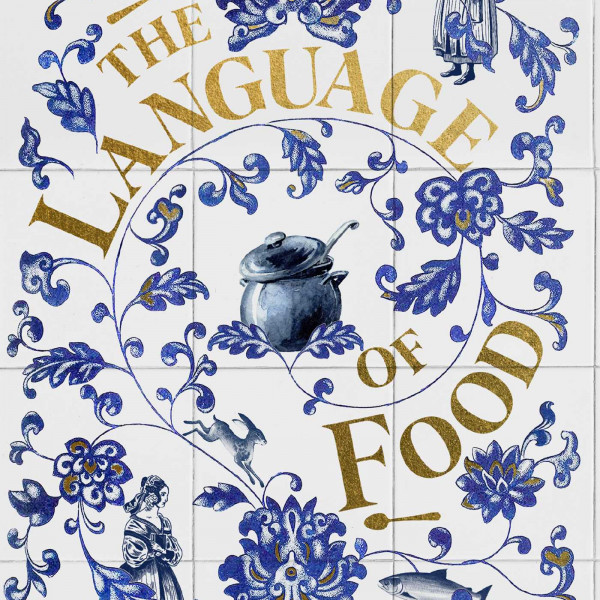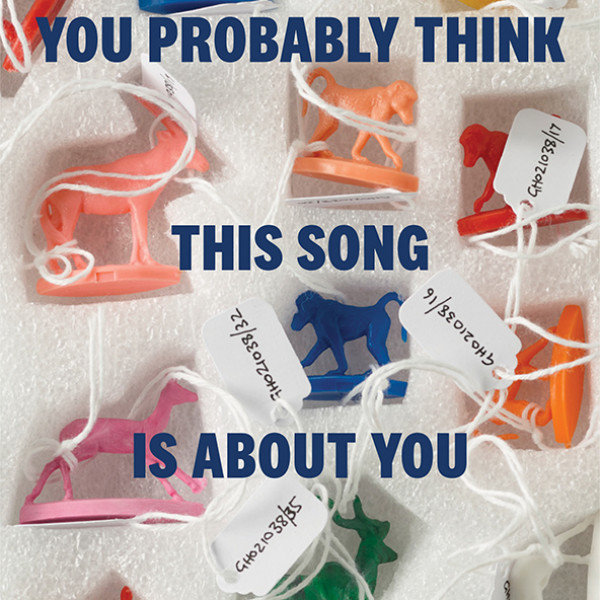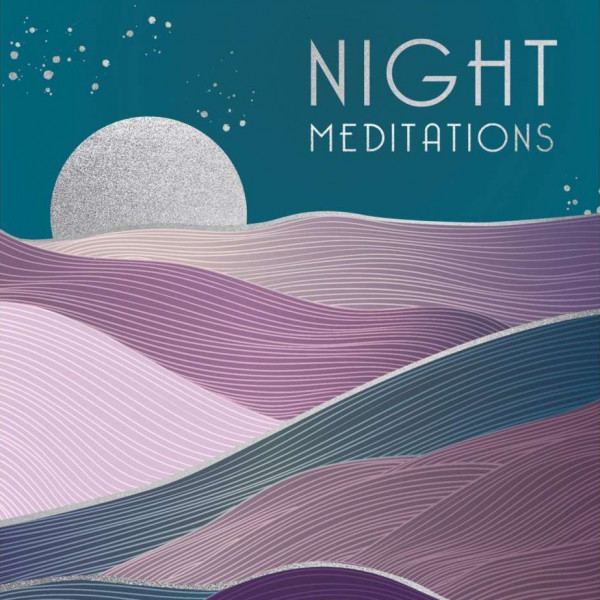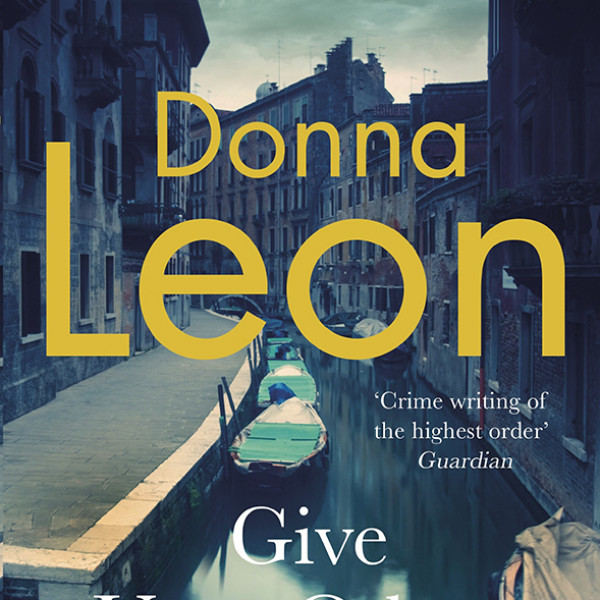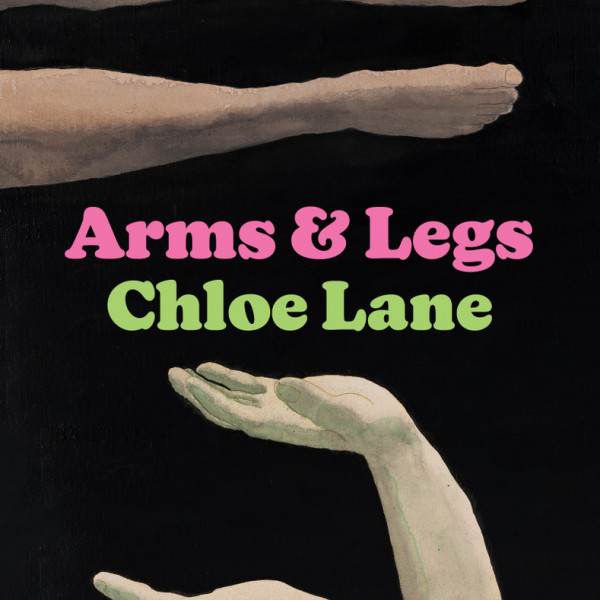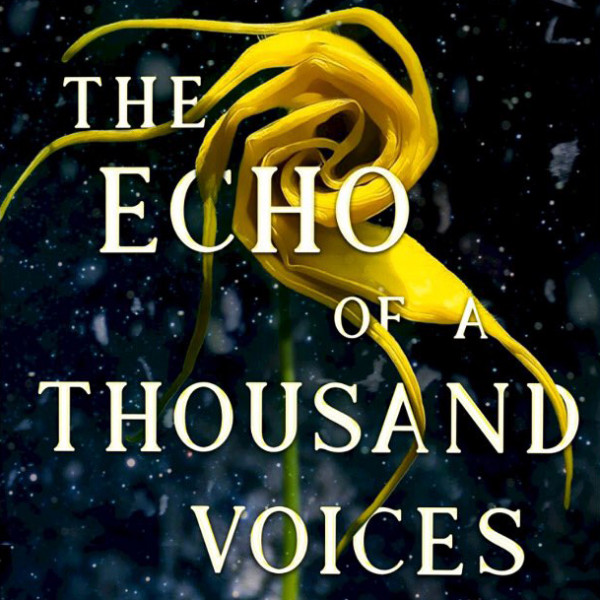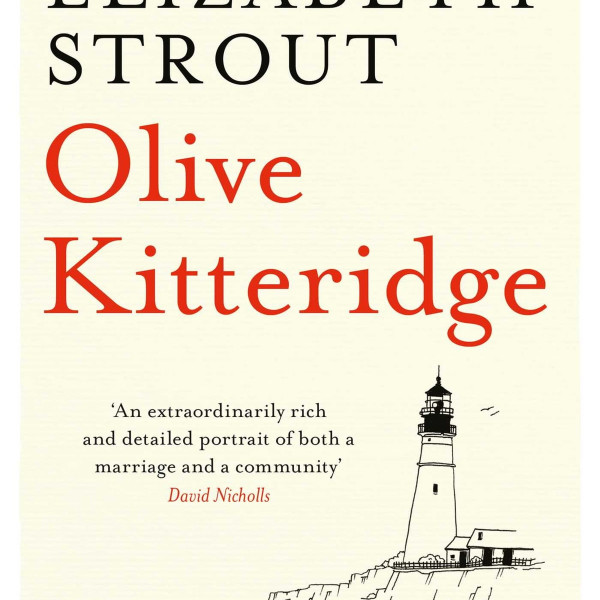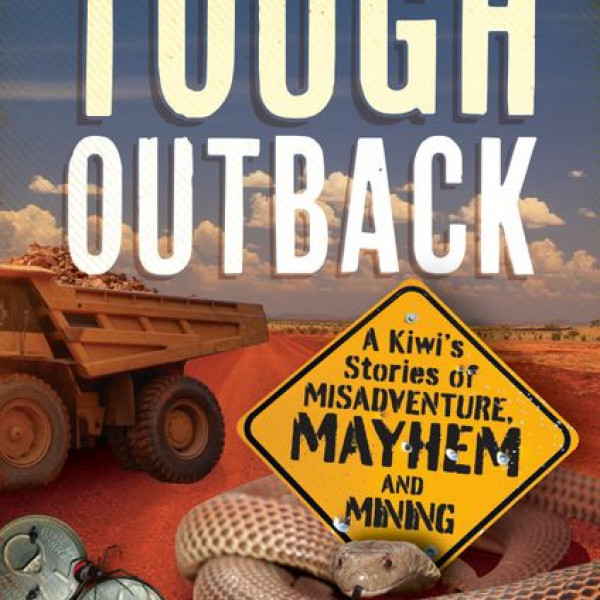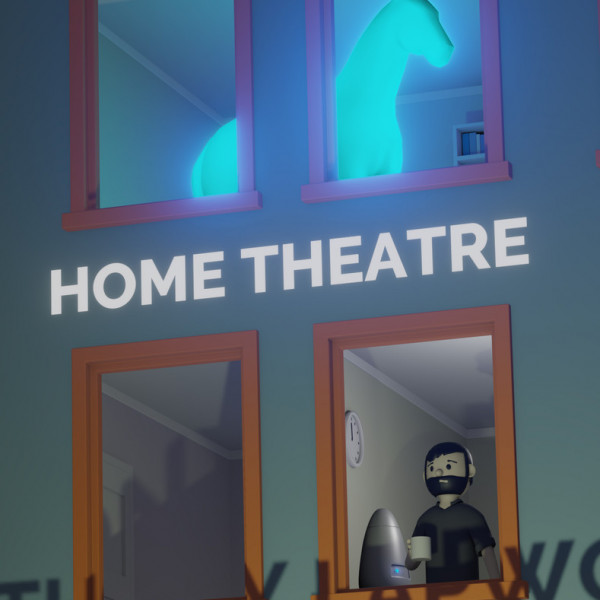
Home Theatre
Written by: Anthony Lapwood
Te Herenga Waka University Press
Reviewed by: Margaret Austin
All life’s a drama, and an even more telling one it seems if you live in an apartment. Home Theatre recounts the experiences of some of those who dwell – unwillingly or unwittingly – in Repertory Apartments, formerly the location of the Wellington Repertory Society Theatre. An intriguing article, purportedly reprinted from the Evening Post of 1922, describes a fire that destroyed the theatre, thus providing a macabre but provocative context for our characters.
The Difficult Art of Bargaining has a husband and wife reluctantly rehousing due to bankruptcy, something the wife cannot help referring to, despite her husband’s efforts to look on the bright side of things. The bargaining of the title refers to a sofa offered to the incoming residents by a friendly chap a few doors along. The ensuing dialogue about the state of the sofa is wince-producing, revealing the characters of all participants. The hint of a hopeful outcome is as welcome as it is surprising.
“Traipsing along the footpath, Emma gave the baguette a squeeze” is an appetising start to It’s Been a Long Time. Emma’s preparing a lunch for long-lost friend Paige and has dared to ask her to bring a bottle of wine. “It’s been a long time since I last touched a drop”. Those of us who note the “dared” realise exactly where she’s coming from! But the lift misbehaves, the baguette is wrecked, and Emma is felled. And Paige, who has bounded up the far safer stairs, eventually succumbs to the gift bottle of vodka she’d brought for the occasion.
Perhaps the most salutary tale is that of Melati, who is seeking the prize of the eponymous title: A Spare Room. The account of her interview by a housing bureaucrat is all too familiar. Myriad questions, seemingly irrelevant, are asked; they receive nervously reluctant answers. “Volumetric reporting was part of her reality” is the nearest we get to a judgment of the clock-watching bureaucrat.
Home Theatre is aptly described as genre-bending, bookended as it is by two lengthy, fittingly fantastical tales.


